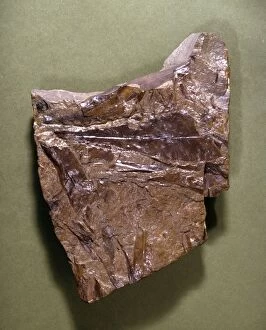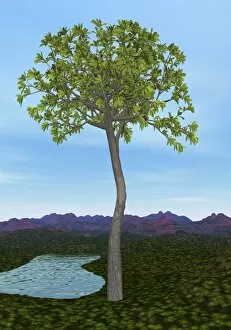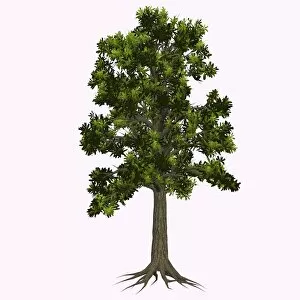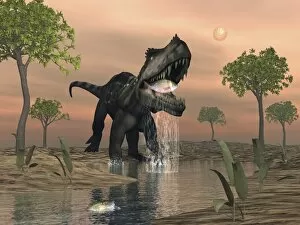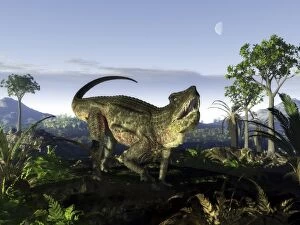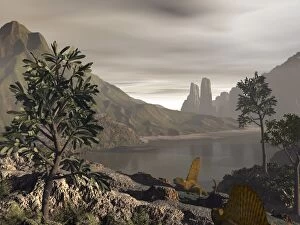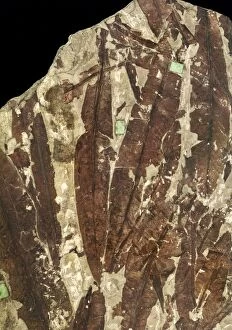Glossopteris Collection
"Glossopteris: Unveiling the Ancient World through Fossil Leaves" Step into the prehistoric era and discover the remarkable Glossopteris indica
All Professionally Made to Order for Quick Shipping
"Glossopteris: Unveiling the Ancient World through Fossil Leaves" Step into the prehistoric era and discover the remarkable Glossopteris indica, an Antarctic fossil leaf that holds secrets from a bygone time. With its intricate patterns and delicate veins, this fern fossil C016 / 4852 offers a glimpse into Earth's ancient past. As we delve deeper, another Glossopteris indica emerges, showcasing its resilience in surviving millions of years as an Antarctic fossil leaf. These Glossopteris leaf fossils are like puzzle pieces that help us reconstruct the landscapes of long-lost worlds. Imagine standing beneath towering Glossopteris trees during their prime in the prehistoric era. These majestic giants dominated vast territories with their lush foliage, providing shelter to creatures like Dimetrodon roaming during the Mid-Permian Period. Intriguingly, amidst this verdant scene, a Prestosuchus dinosaur defies expectations by catching a fish out of water. The dynamics between species were undoubtedly fascinating in these ancient ecosystems. Meanwhile, an archosaur named Postosuchus wanders through a mesmerizing prehistoric landscape. Its presence reminds us of how diverse life forms once coexisted and adapted to survive in harsh environments. A pair of carnivorous Dimetrodon explores an Early Permian landscape nearby; their sharp teeth hint at their predatory nature. These fearsome creatures roamed alongside other fascinating organisms yet to be discovered fully. Fossil seed fern leaves C016 / 5951 add further intrigue to our understanding plants' diversity throughout history. Their unique characteristics shed light on evolutionary processes that shaped our planet over millennia. Lastly, let's appreciate the beauty and simplicity captured when observing Glossopteris linearis leaf fossils C016 / 4895 against a pristine white background—a testament to nature's artistry frozen in time.

